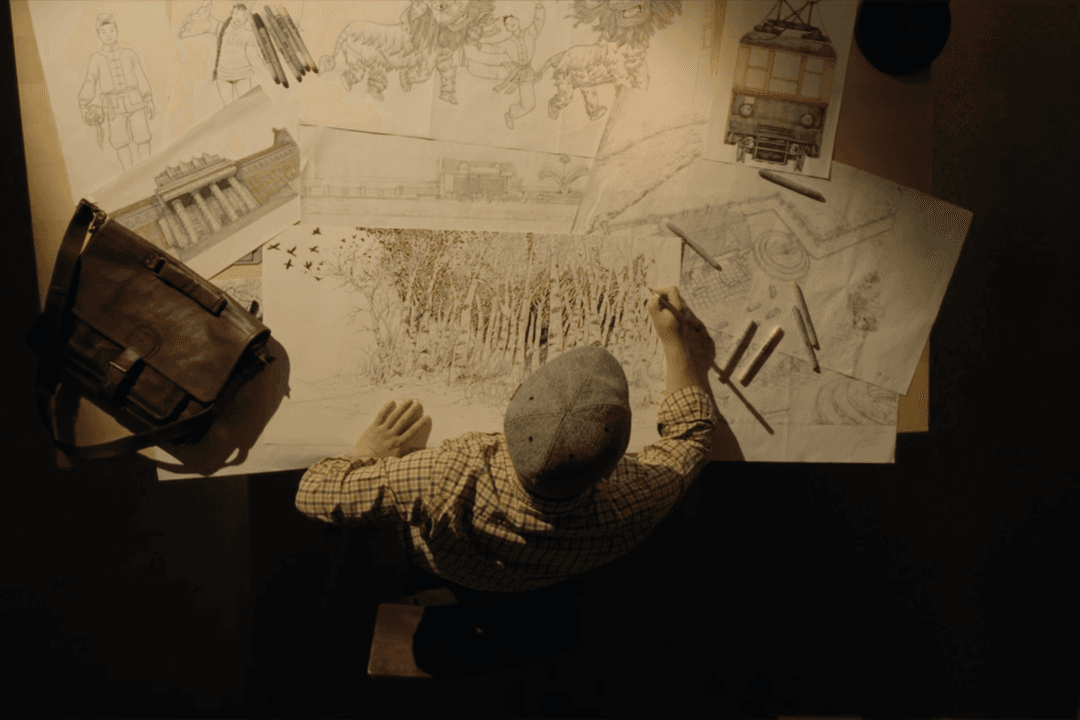Only three people were arrested during a mostly peaceful rally on Saturday as twenty thousand people filled the streets of central Sydney to protest against death of Aboriginal people in police custody.
Pleas from the prime minister and New South Wales government against risking the potential spread of the Wuhan coronavirus, or CCP virus, did not stop tens of thousands of people joining the rally on June 6, which was authorised at the eleventh-hour by the state’s Court of Appeal.





